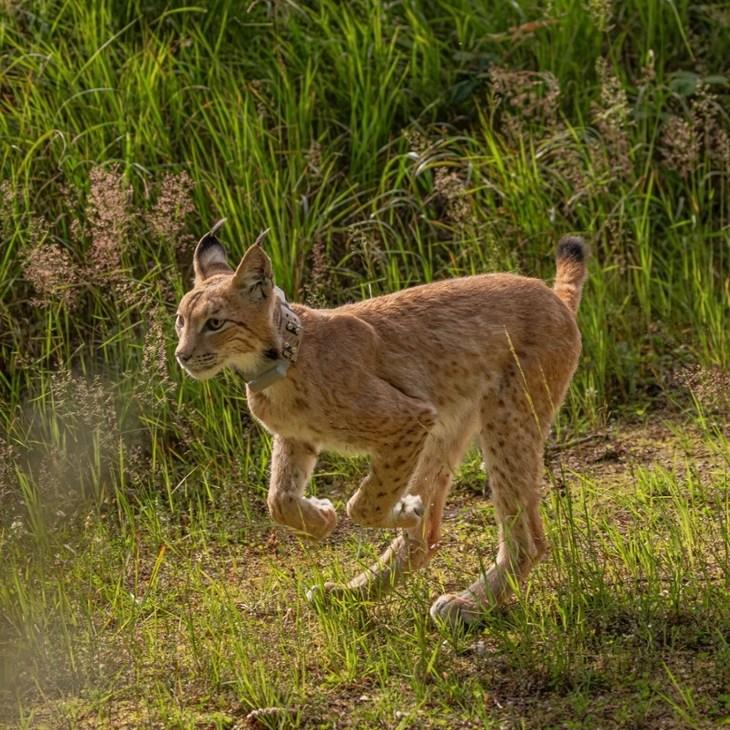In a heartwarming tale of respect for wildlife, the Nuremberg Zoo in Germany has granted a young Carpathian lynx named Chapo the freedom he yearned for. Despite being bred in captivity, Chapo consistently demonstrated his desire to live in the wild, prompting zookeepers to reconsider his future.
Initially intended to contribute to a vital captive breeding program, Chapo’s repeated escape attempts and evident restlessness signaled his unsuitability for life in captivity. The German wildlife authorities and the Linking Lynx network recognized his natural inclinations and decided to release him into the wilds of Saxony.
Chapo’s release marks a significant step for the Carpathian lynx, a subspecies of the Eurasian lynx. Though listed as endangered on the IUCN Red List, the Carpathian lynx remains extinct across much of its former range. In contrast, the Iberian lynx has seen a successful resurgence in Portugal and Spain thanks to intensive conservation efforts.
In Germany, however, only about 190 lynx remain, primarily in the Harz Mountains, Bavaria, and Rhineland-Palatinate. Chapo, who had previously escaped from his enclosure in the Harz Mountains, was observed by experts from the Linking Lynx network and deemed fit for reintroduction.
With minimal human contact and a diet of game meat, Chapo adapted well to his larger enclosure. Two weeks ago, he was released with a GPS collar, quickly disappearing into the forest.
Chapo’s release is part of a broader reintroduction effort this year, joining three other lynx that have successfully transitioned from hunting rabbits to hunting deer. Though the lynx is one of Europe’s largest land predators, it poses no threat to livestock and is rarely seen.
The Saxon government recently noted that two other reintroduced lynx, Nova and Luna, were recorded as being in close proximity, raising hopes that they may have met in the wild.
Chapo’s story is a testament to the success of rewilding efforts and the importance of respecting the innate desires of wildlife.















